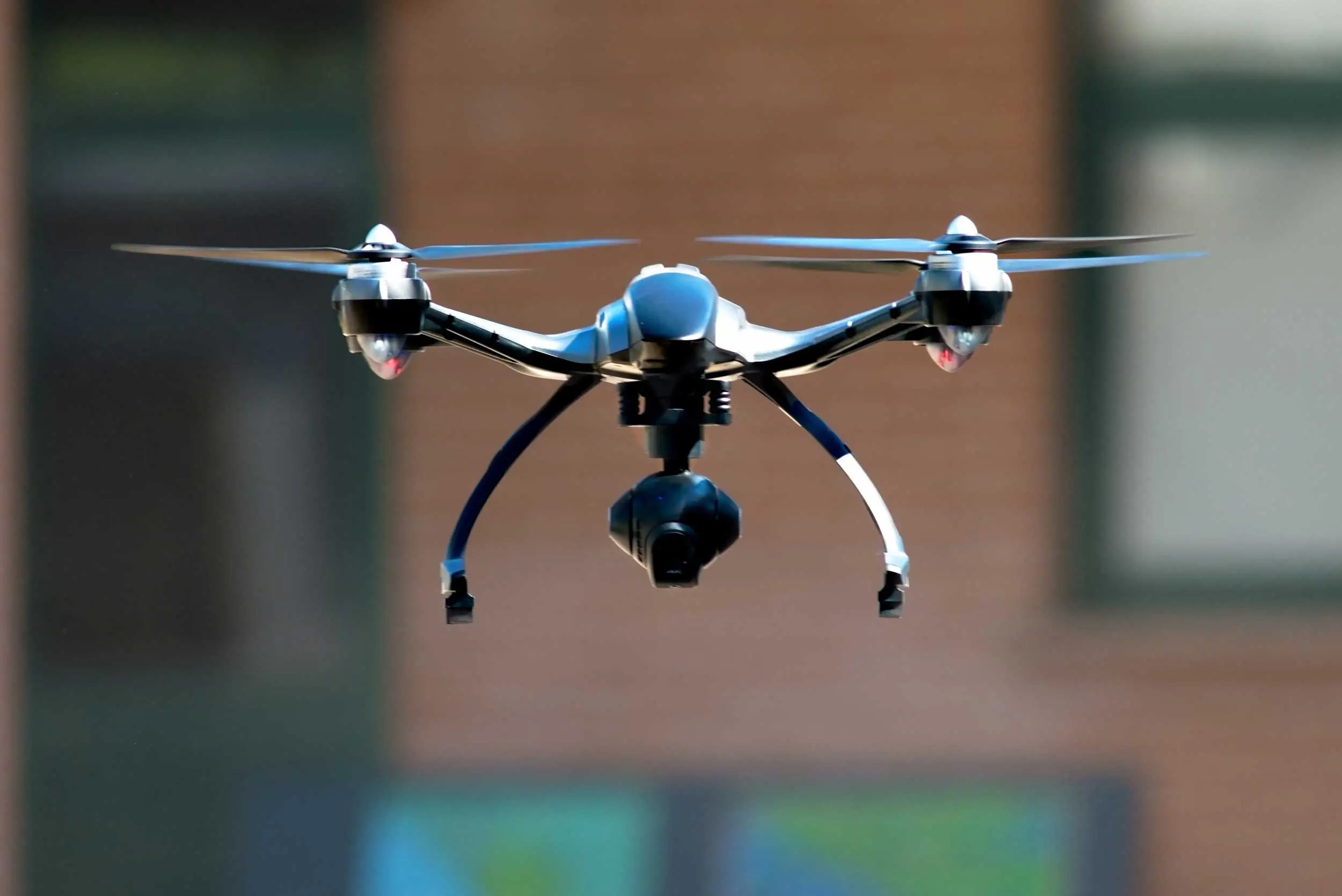
How Commercial Drone Pilots Are Being Used For Inspections
Commercial drones are now being used in several industries to help inspectors collect data. An inspector without a drone will have to collect visual data themselves, by physically standing in front of whatever it is they need to inspect. Although commercial drones are typically used to collect visual data, they can also be used to collect non-visual data. Special sensors can be attached to a drone to collect other data, like thermal data or LiDAR data.
How Inspections Work
The inspector’s job is to make sure that all the parts of a commercial facility or industrial site are in good working condition. Inspections inside
of these large assets are known as internal inspections. In order to carry out these inspections, inspectors have to crawl, climb, or slide inside the components that they are inspecting with a flashlight and camera.
If the assets that are being inspected are fairly large and massive in size, then the inspectors will have to stand on scaffolding or use ropes to
get into a position to conduct their visual inspection.
How Commercial Drone Pilots Make
Inspections Safe and More Cost-Effective
Commercial drone pilots are making the inspection industry safer by reducing and eliminating the need to enter confined spaces and use devices such as ropes or scaffolding to collect visual data. Pilots are able to fly drones to the areas in question and view the inspection site through the drone’s live feed. Inspectors are also able to review the drone’s video footage and conduct a thorough inspection by examining all the details that have been collected.
Drones are not only making inspections much safer, but they have also made them much more cost-effective. Companies are saving money on inspections by reducing the need for costly materials and scaffolding that can take a considerable amount of time to build. Drones are helping companies reduce downtime for inspections. For example, if a power plant is offline, then this could be a cause of potential revenue loss.
Scaffolding is time-consuming and can prolong downtimes—but with drones, you reduce the need for scaffolding, they can also
thereby reduce downtimes.
Commercial Drone Pilot Internal Inspections
Common assets that require indoor inspections include:
- Boilers
- Pressure vessels
- Sewer systems
- Stacks
- Tanks
It’s important to make sure that these assets are inspected on a regular basis because they could explode or present other safety hazards if left neglected over time.
Common risks to doing these inspections manually include:
- Presence of hazardous chemicals or other substances
- Insufficient oxygen
- Structural hazards and/or falling debris
- Entanglement, engulfment
- Risk of explosion or fire
Commercial drones are becoming more acceptable for use in indoor inspections because of their efficiency, safety, and cost-effectiveness.
Not only are drones efficient at collecting data, they also have the added benefit of being able to create a 3D model of the asset that pinpoints the location of defects found during the inspection.
Common Industries That Use Commercial Drone Pilots for Inspections
Inspection drones are growing in popularity, and their array of uses is only expanding.
Here’s a list of just some of the industries that use drones for inspections:
- Agriculture
- Chemicals
- Construction
- Infrastructure & Utilities
- Insurance
- Power Generation
- Maritime
- Mining
- Oil & Gas
- Public Safety
- Wastewater / Sewer
Inspectors are finding new innovative ways to use drones in their work every day. If you are ready to explore a career in the drone industry, check out our drone training course offerings. View our course schedule
